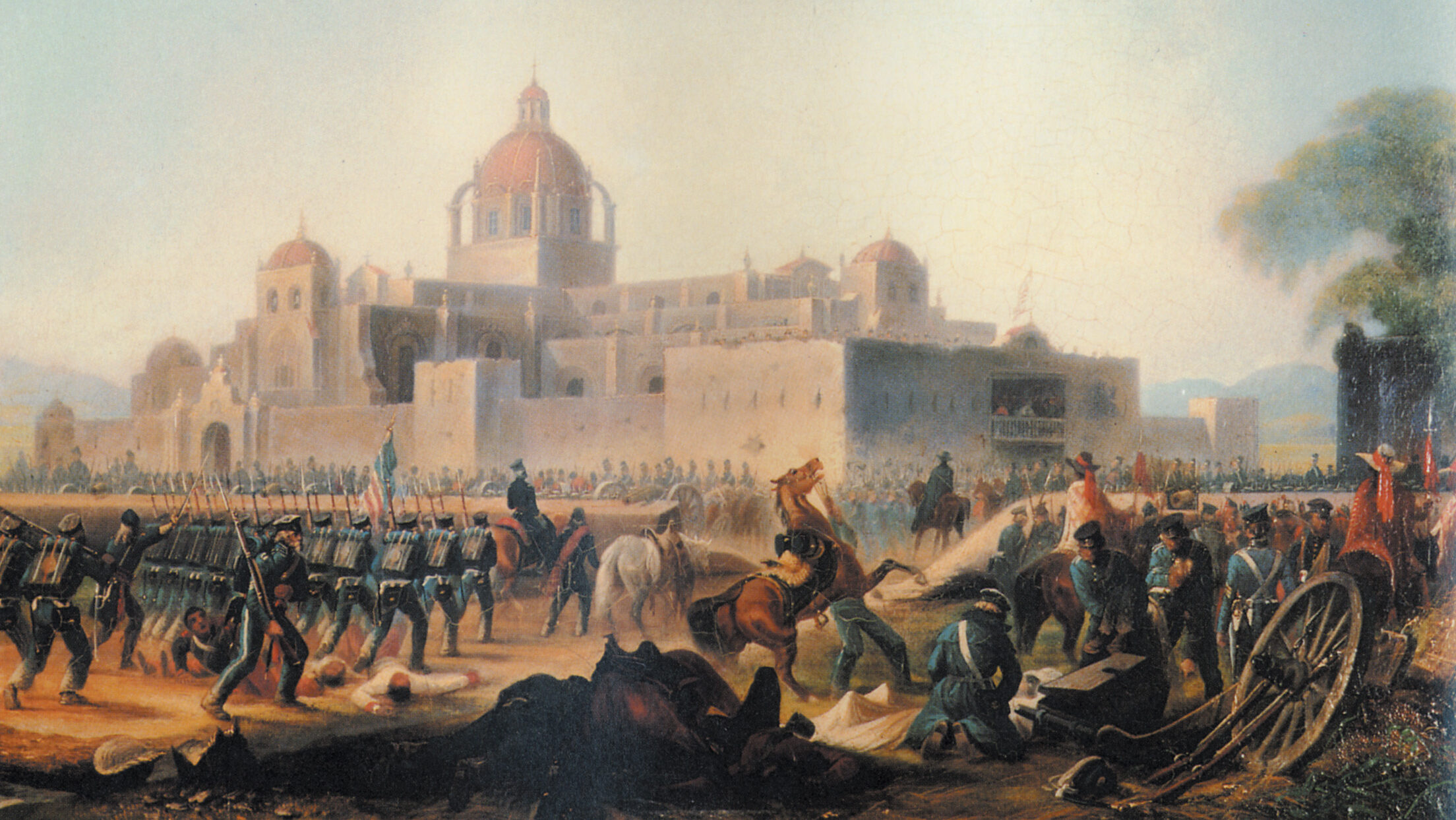By Christopher Miskimon
 In 1861, only the lower southern states seceded at first. Once it became apparent President Lincoln intended to use force to prevent secession, Arkansas, North Carolina, Tennessee and Virginia joined the Confederacy. Those last three states added much to Confederate resources, providing half its crops, more than half its industrial capacity and 40 percent of its military forces. This transformed their military strategy, as it was important to defend these productive states, which were close to Union territory. The Confederacy was now a block of coherent territory which could be defended using a coherent strategy. It shifted much of the fighting in the east northward to Virginia. The lower South was now only vulnerable to naval and amphibious attacks. It also changed the Union’s strategy, as it was no longer possible to march into the heart of the rebellion and occupy the seceding state’s territory. As the competing strategies played out, in the war’s first two years there was a chance for Confederate survival. During 1863, that possibility evaporated.
In 1861, only the lower southern states seceded at first. Once it became apparent President Lincoln intended to use force to prevent secession, Arkansas, North Carolina, Tennessee and Virginia joined the Confederacy. Those last three states added much to Confederate resources, providing half its crops, more than half its industrial capacity and 40 percent of its military forces. This transformed their military strategy, as it was important to defend these productive states, which were close to Union territory. The Confederacy was now a block of coherent territory which could be defended using a coherent strategy. It shifted much of the fighting in the east northward to Virginia. The lower South was now only vulnerable to naval and amphibious attacks. It also changed the Union’s strategy, as it was no longer possible to march into the heart of the rebellion and occupy the seceding state’s territory. As the competing strategies played out, in the war’s first two years there was a chance for Confederate survival. During 1863, that possibility evaporated.
Strategy is the way by which nations, leaders, or others seek to shape their situation and achieve goals. At least, that is one definition. The author of this new work studies and reviews military strategies throughout history to reveal how they were devised, how well they worked and what can be learned from them and applied to the future. The author is a respected scholar with extensive knowledge of his subject and it shows through in the book’s high level of detail and consideration of the topic
Military Strategy: A Global History (Jeremy Black, Yale University Press, New Haven and London, 2023, 306 pp., notes, bibliography, index, $24, SC)









Join The Conversation
Comments
View All Comments